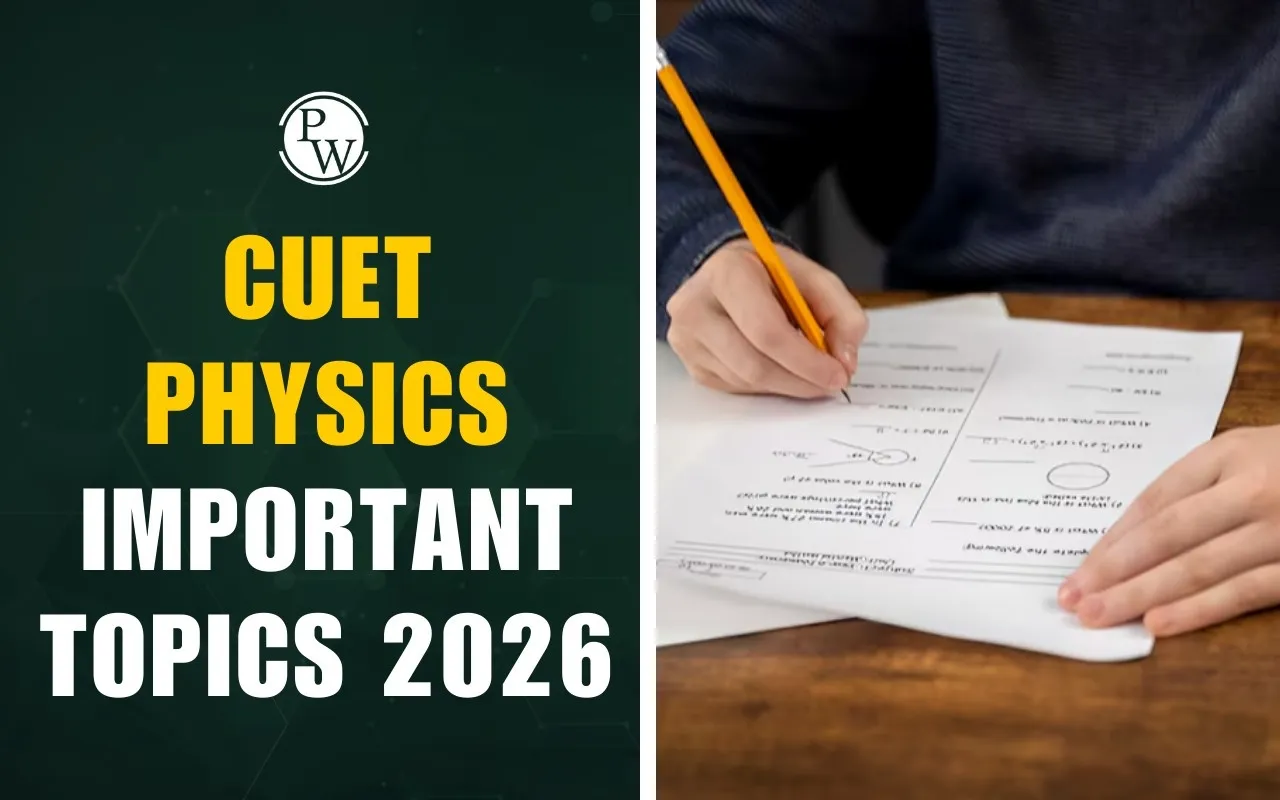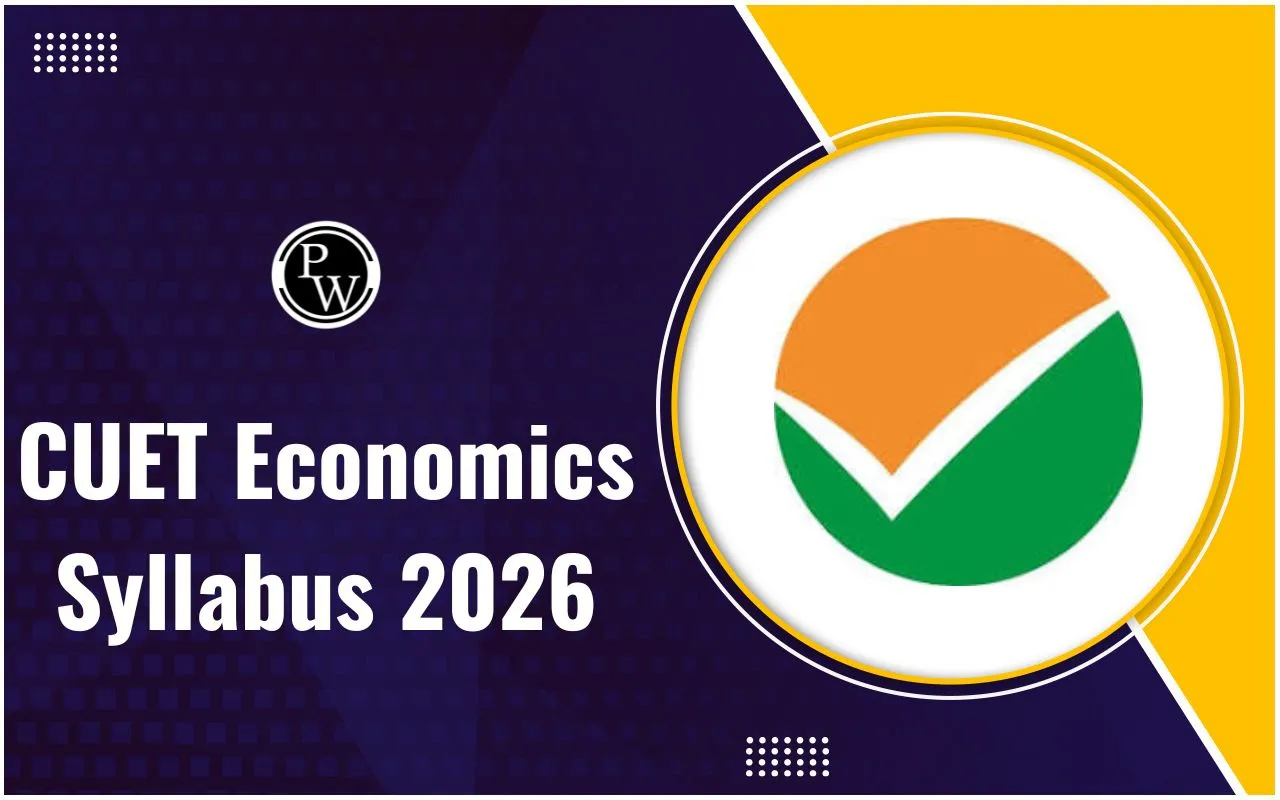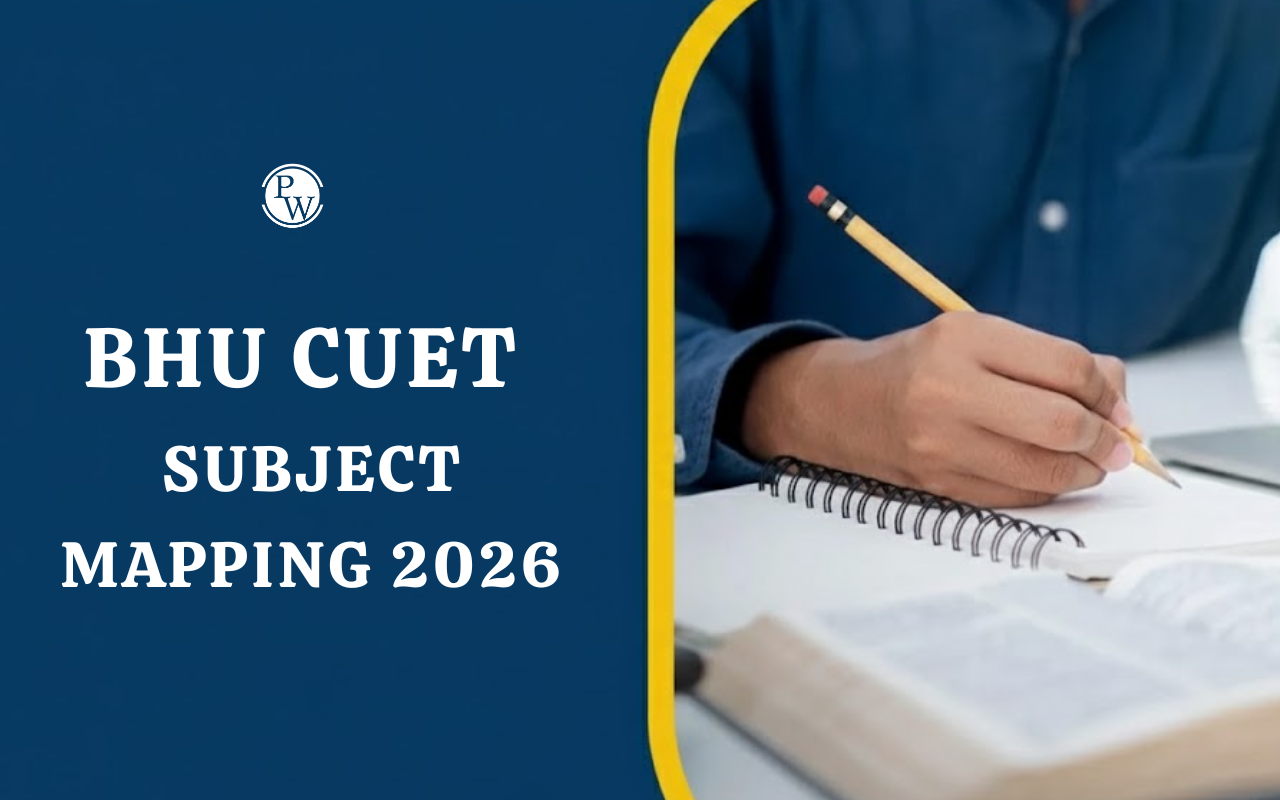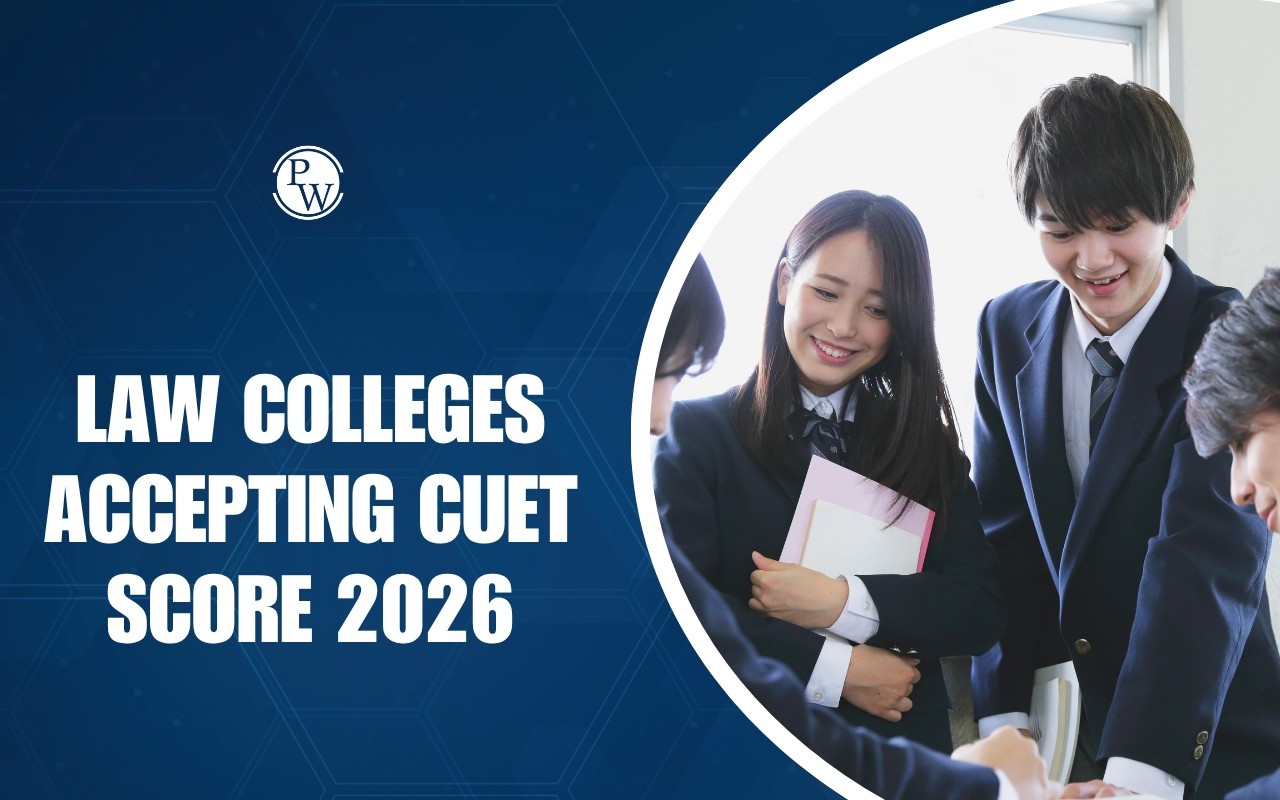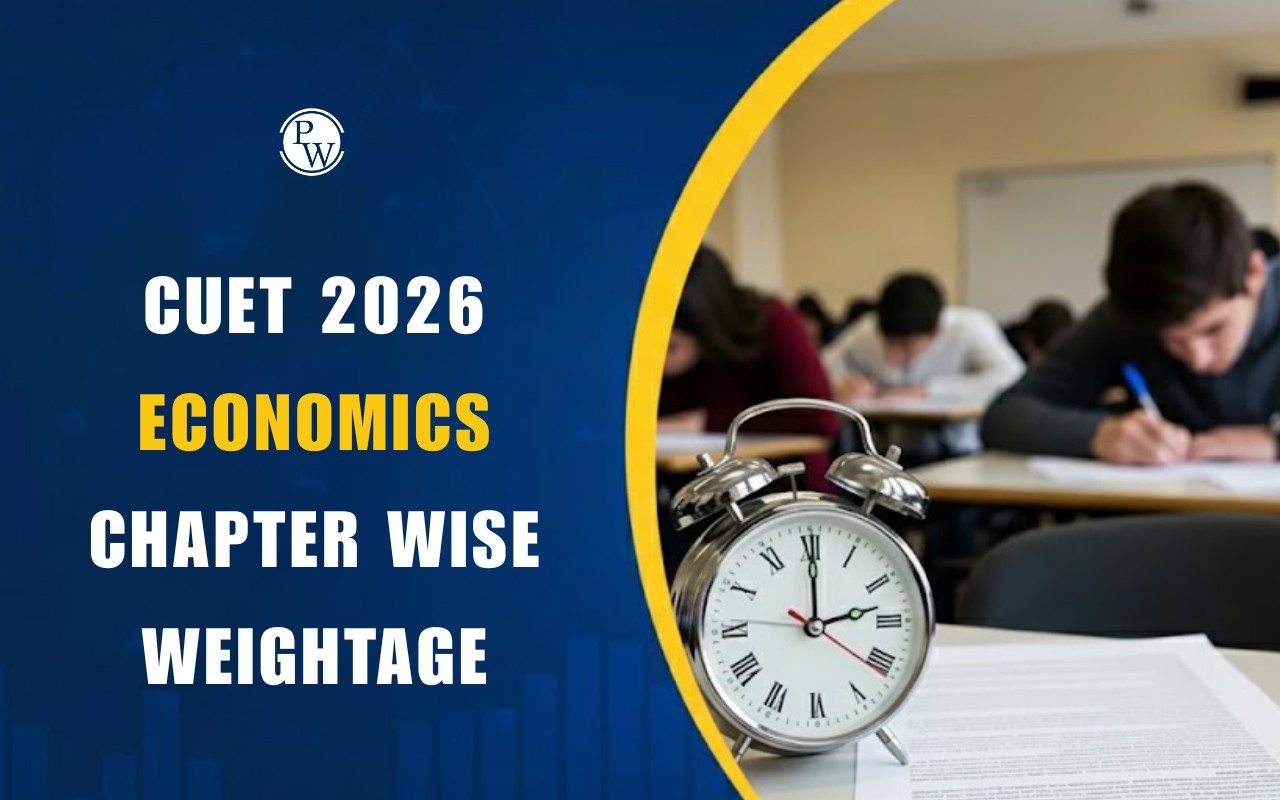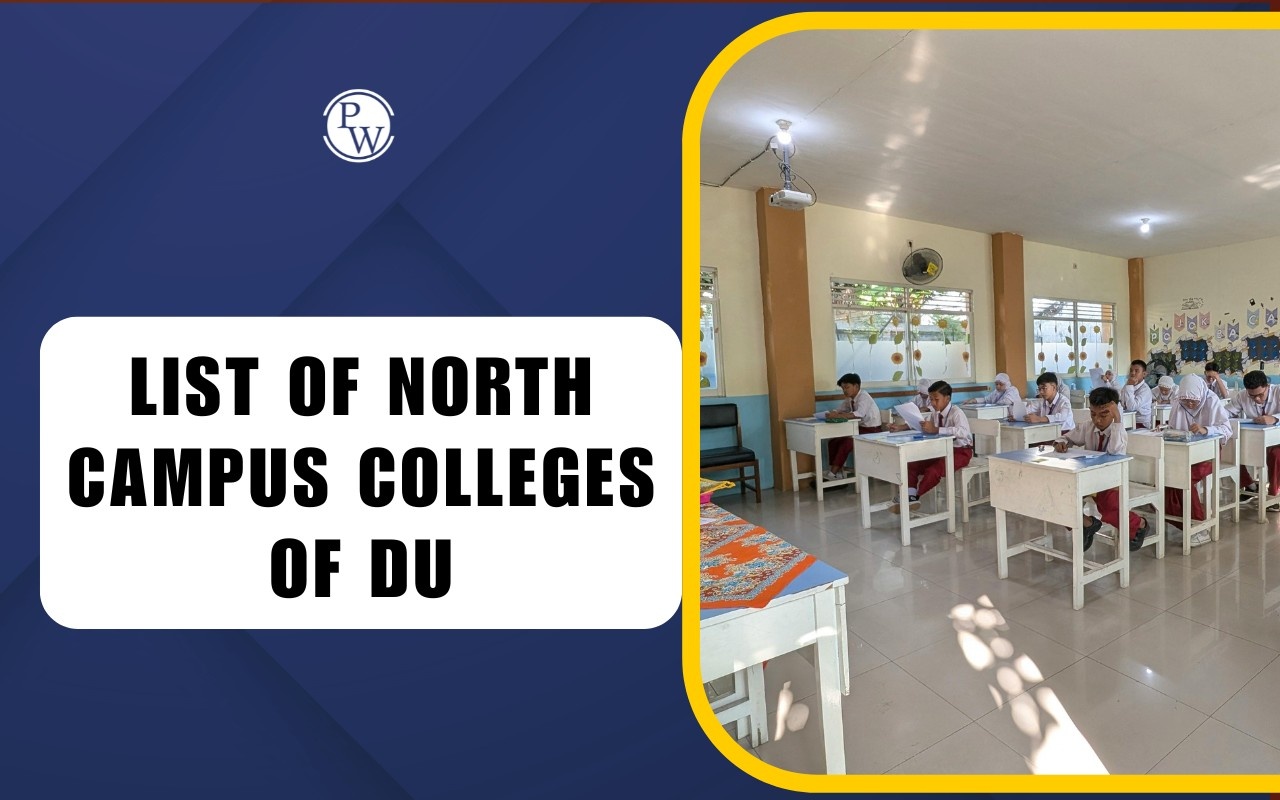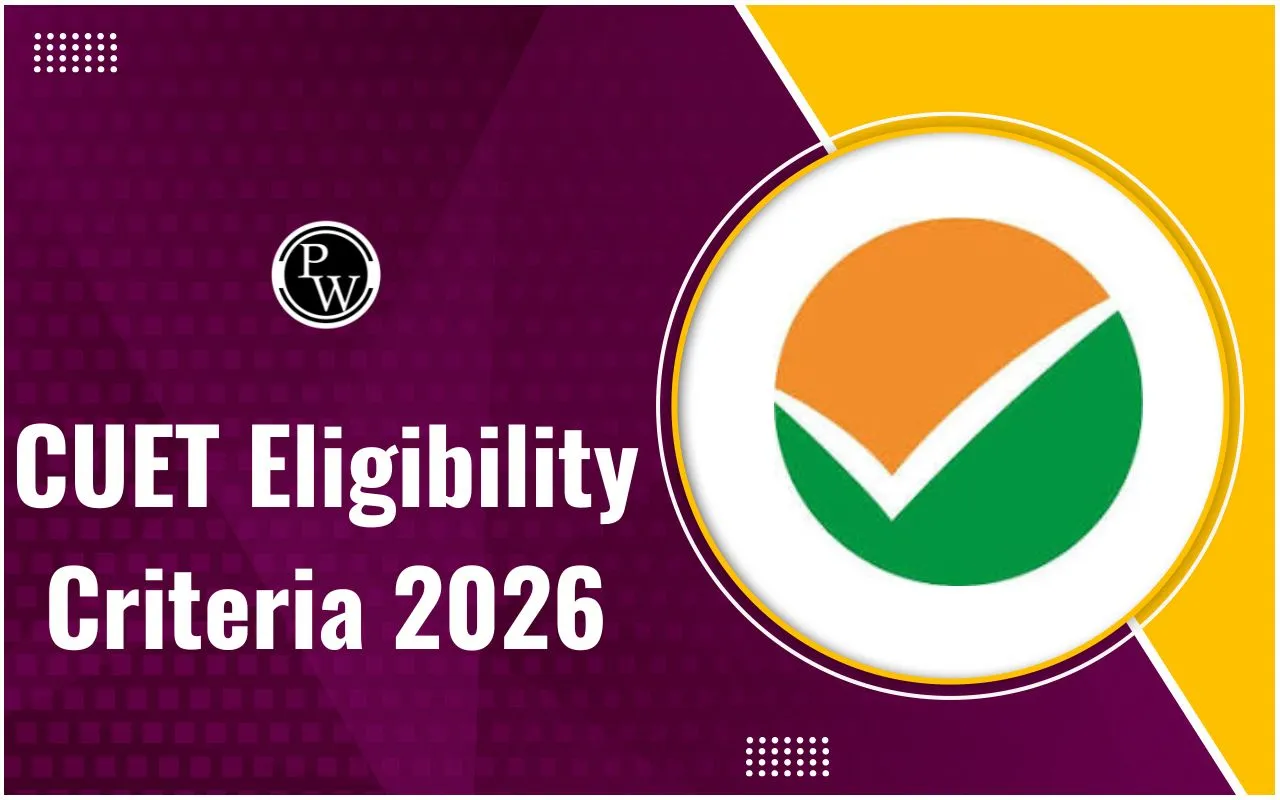

CUET Physics Important Topics 2026: Physics is considered one of the most challenging subjects in the CUET UG exam. The exam tests not only conceptual understanding but also problem-solving speed and accuracy.
Focusing on the CUET Physics Important Topics 2026 such as Electric Charges and Fields, Current Electricity, Magnetism, Electromagnetic Induction, Optics, Atoms, Nuclei and Semiconductor Electronics can help students tackle both numerical and application based questions confidently.
Regular practice with sample papers, mock tests and revision of formulas is important to manage time efficiently and overcome the difficulty level of this subject.
CUET Physics Important Topics 2026 Overview
Whether you have been preparing for Physics throughout the year or are starting close to the CUET exam date 2026 knowing the important topics is crucial for effective preparation.
CUET Physics exam lasts 60 minutes and consists of 50 questions, all of which must be attempted. Each correct answer awards +5 marks while each incorrect answer carries a -1 mark penalty.
Understanding the key topics helps students focus on concepts that are most likely to appear in the question paper. Mock tests released by NTA and other online study resources provide insights into the essential topics from the CUET Physics syllabus helping students prepare strategically for the main exam.
Chapter Wise CUET Physics Important Topics 2026
To help students prepare effectively for CUET Physics 2025 it is important to focus on chapter wise important topics. The table below provides an overview of each unit highlighting key concepts, formulas and questions likely to appear in the exam.
|
CUET Physics Important Topics 2026 Chapter Wise |
||
|
Chapter / Unit |
Important Topics |
Notes |
|
Electric Charges and Fields |
Electric charge and its properties, Coulomb Law, Electric field due to a dipole, Electric flux, Gauss’s Law |
Very likely to appear in exam; conceptual and numerical questions expected |
|
Electrostatic Potential & Capacitance |
Electric potential energy, Potential energy due to a dipole, Equipotential surfaces, Dielectrics, Capacitor combinations & energy stored |
2–3 questions usually asked; moderate to difficult questions |
|
Current Electricity |
Drift velocity, Ohm’s law, Resistivity & conductivity, Combinations of resistors, Temperature dependence, EMF of a cell, Combination of cells, KVL & KCL, Devices (Metre bridge, potentiometer) |
NCERT is basic; additional practice from CUET preparation books recommended |
|
Magnetic Effects of Current & Magnetism |
Moving charges, Biot-Savart Law, Ampere’s Law & applications, Solenoid, Cyclotron, Lorentz force, Force between parallel current-carrying conductors, Torque on current loop, Galvanometer |
Questions increasing in difficulty over years; practice from previous year papers helpful |
|
Magnetism and Matter |
Magnetic dipole moment of revolving electron, Magnetic field intensity due to a dipole, Earth’s magnetic field & elements, Para-, dia-, ferromagnetic substances, Electromagnets & permanent magnets |
Around 3 questions in past exams; mix of conceptual and numerical |
|
Electromagnetic Induction |
Magnetic flux, Faraday laws, Lenz law, Self & mutual induction, Transformer & losses |
Numerical and concept-based questions dominate |
|
Alternating Current |
Peak & RMS values, LCR circuit, Phasor diagrams, Reactance & impedance, Power factor, Wattless current, Resonance |
Conceptual and application-based; important for calculations |
|
Electromagnetic Waves |
Displacement current, Maxwell’s law, Electromagnetic waves & characteristics, Electromagnetic spectrum & uses |
Mostly theoretical, some application-based questions |
|
Ray Optics & Optical Instruments |
Mirror formula, Refractive index, Laws of refraction, Total internal reflection & applications, Refraction at spherical surfaces, Lensmaker’s formula, Combination of thin lenses, Light through a prism, Optical instruments |
Moderate difficulty; formula-based and application questions |
|
Wave Optics |
Wavefront, Huygens’ principle, Young’s Double Slit Experiment, Max & min intensity, Fringe width, Coherent sources, Diffraction due to single slit, Polarisation, Brewster’s law |
Numerical and conceptual; 2–3 questions usually expected |
|
Dual Nature of Radiation & Matter |
Photoelectric effect, Effect of intensity & frequency, Einstein’s photoelectric equation, de Broglie relation, Davisson-Germer experiment |
Application-based; around 3 questions in past exams |
|
Atoms |
Alpha-particle scattering experiment, Rutherford’s model, Bohr model, Energy levels, Hydrogen spectrum |
Around 4 questions; mix of theory & numerical |
|
Nuclei |
Mass defect, Binding energy per nucleon, Size of nucleus, Radioactivity, Alpha, beta, gamma particles/rays, Radioactive decay law, Nuclear fission & fusion |
Mostly numerical; crucial for solving numerical-based questions |
|
Semiconductor Electronics |
p-n junction, Forward & reverse bias (I–V characteristics), Diode as rectifier, Zener diode, LED, Photodiode, Solar cell, Logic gates (OR, AND, NOT, NAND, NOR) |
Repeated in past exams; formula & concept-based questions |
|
Communication Systems |
Elements of a communication system, Bandwidth of signals (speech, TV, digital data), Bandwidth of transmission medium, Sky & space wave propagation, Satellite communication, Need for modulation, Amplitude modulation |
Mostly theoretical; important for quick revision |
CUET Physics Chapter Wise Weightage 2026 (Expected)
To help students plan their preparation efficiently the table below shows the CUET Physics chapter wise weightage based on previous year analysis.
|
CUET Physics Chapter Wise Weightage 2026 Expected |
||
|
Unit |
Important Topics |
No. of Questions |
|
Unit I: Electrostatics |
Electric Charges and Electric Fields |
3 |
|
Electrostatic Potential and Capacitance |
7 |
|
|
Unit II: Current Electricity |
Current Electricity |
6 |
|
Unit III: Magnetic Effects of Current and Magnetism |
Moving Charges and Magnetism |
5 |
|
Magnetism and Matter |
5 |
|
|
Unit IV: Electromagnetic Induction and Alternating Currents |
Electromagnetic Induction |
1 |
|
Alternating Currents |
4 |
|
|
Unit V: Electromagnetic Waves |
Electromagnetic Waves |
5 |
|
Unit VI: Optics |
Ray Optics and Optical Instruments |
4 |
|
Wave Optics |
- |
|
|
Unit VII: Dual Nature of Matter and Radiation |
Dual Nature of Matter and Radiation |
2 |
|
Unit VIII: Atoms and Nuclei |
Atoms |
2 |
|
Nuclei |
- |
|
|
Unit IX: Electronic Devices |
Electronic Devices |
5 |
|
Unit X: Communication Systems |
Communication Systems |
1 |
CUET Physics Exam Pattern 2025
CUET Physics exam tests both conceptual understanding and problem-solving skills. The CUET Exam pattern 2026 is the same for all domain subjects, with questions designed to assess knowledge, numerical ability and application of concepts.
|
CUET Physics Exam Pattern 2025 |
|
|
Feature |
Details |
|
Number of Questions |
50 (all compulsory) |
|
Question Type |
Multiple Choice Questions (MCQs) |
|
Exam Duration |
60 minutes |
|
Marking Scheme |
+5 for each correct answer, -1 for each incorrect answer |
CUET Physics Preparation Tips 2026
To score well in CUET Physics 2026 students should adopt a strategic and focused approach. Here are some effective preparation tips:
-
Understand the syllabus and exam pattern: Familiarise yourself with the CUET Physics syllabus and exam structure to plan your preparation efficiently
-
Focus on important topics: Prioritise CUET Physics important topics based on chapter-wise weightage to cover high-yield areas first.
-
Strengthen fundamentals: Build a strong conceptual base using NCERT textbooks and exemplars, which form the foundation for solving advanced questions.
-
Practice extensively: Solve CUET mock tests, CUET Physics previous year question papers, and sample papers to improve speed, accuracy and exam familiarity.
-
Revise formulas and key concepts regularly: Keep formulas, SI units and key concepts at your fingertips for quick recall during the exam.
-
Time management: Practice solving questions within the 60-minute time limit to enhance efficiency and reduce exam-day stress.
CUET Physics 2026 Question Type
CUET Physics exam 2026 is designed to test both conceptual understanding and problem-solving skills. While the difficulty level ranges from moderate to challenging, knowing the important topics and question types can help students prepare effectively. The 50-question paper includes a mix of:
-
Numerical-based questions – test calculations and formula application
-
Concept-based questions – assess understanding of core physics concepts
-
Figure- or diagram-based questions – require interpretation of graphs, circuits, or diagrams
-
Statement and reasoning questions – check logical understanding and cause-effect relationships
-
Two-part questions – where the second part depends on the first
-
Match the column questions – connect related concepts, formulas or terms
Books for CUET Physics Preparation 2026
You can check out the Book for CUET Physics Preparation 2026 through the link below. This book is specifically designed for CUET 2026 aspirants and includes chapter-wise and topic-wise question banks, past year questions (up to 2025), mock tests and chapter-wise revision sheets. It is a detailed resource to help you revise effectively, practice thoroughly and boost your score in the CUET Physics exam.
